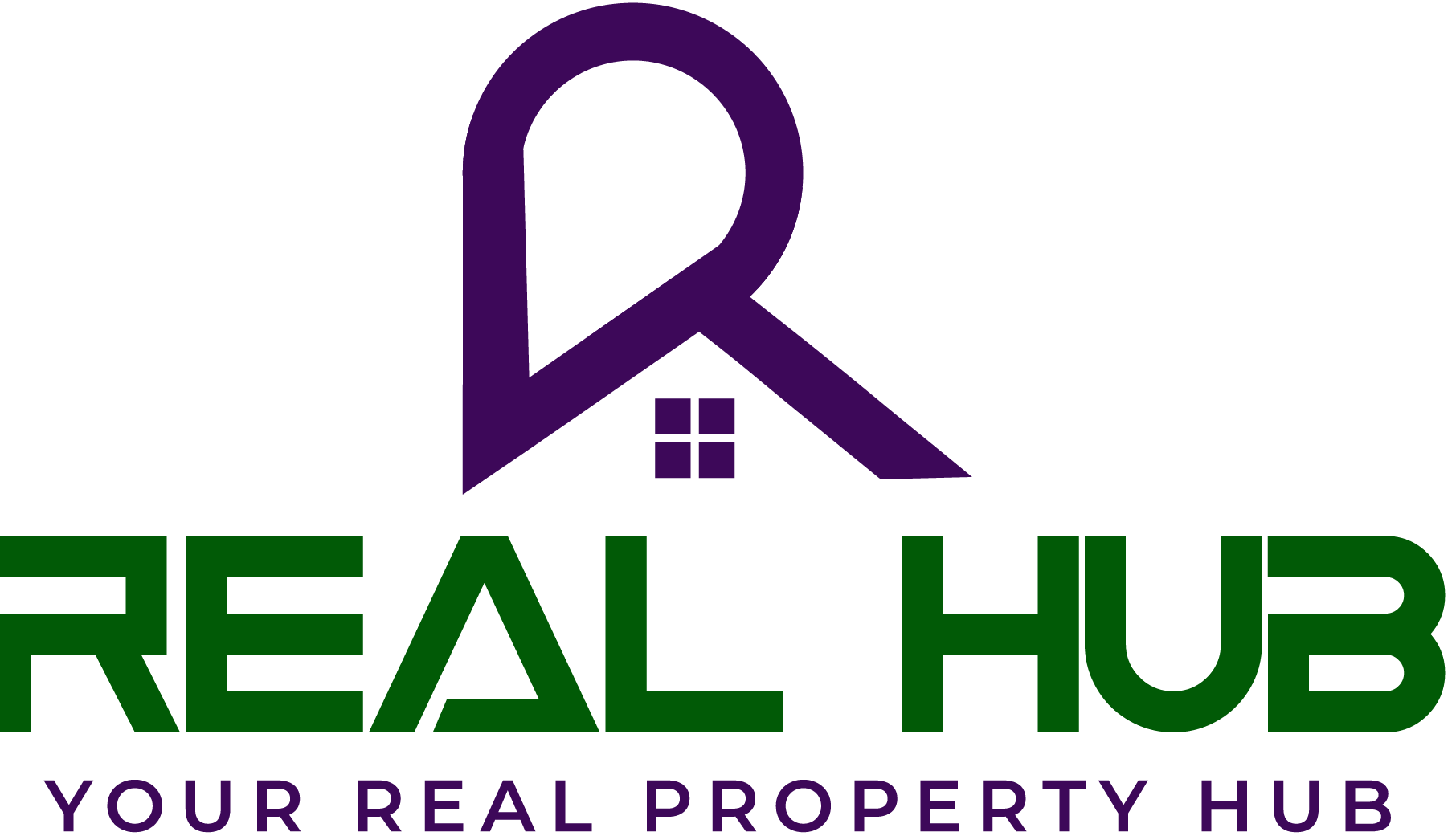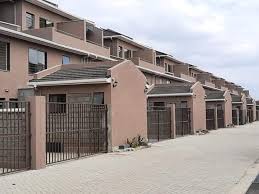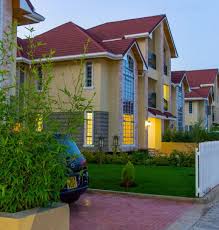The Ultimate Guide to Understanding Residential Real Estate: Types, Factors, and Tips for Buying and Selling

The Ultimate Guide to Understanding Residential Real Estate

Residential real estate
What Is Residential Real Estate?
Residential real estate refers to the purchase, sale, and development of land and buildings that are used as homes. This can include single-family houses, apartments, townhomes, and condominiums. Residential real estate is a significant component of the real estate market, as the demand for housing is constant and often driven by population growth, economic conditions, and personal preferences.
Types of Residential Real Estate
Single-family houses: These are standalone homes that are not attached to any other properties. They can range in size from small cottages to large mansions and are typically built on a plot of land. Single-family houses offer privacy and a sense of ownership, as the property is not shared with any neighbors.
Apartments: These are multi-unit buildings that are divided into individual living spaces, known as units or apartments. Apartments can be found in a variety of sizes and styles, including studio apartments, one-bedroom, two-bedroom, and more. Many apartments offer amenities such as pools, fitness centers, and on-site laundry facilities.
Townhomes: These are attached homes that share a wall with one or more neighboring homes. Townhomes can be found in a variety of styles, including colonial, Victorian, and modern. They often offer more space than apartments and may include features such as garages and private yards.
Condominiums: These are multi-unit buildings that are divided into individual units that are owned rather than rented. Condominiums can be found in a variety of sizes and styles and may include amenities such as pools and fitness centers.
Factors Influencing Residential Real Estate
Location: The location of a property is a major factor in determining its value. Properties in desirable neighborhoods with good schools, low crime rates, and easy access to amenities tend to be more valuable than those in less desirable locations.
Economic conditions: The state of the economy can have a significant impact on the real estate market. During times of economic growth and stability, demand for housing tends to be higher, leading to higher prices. In times of economic downturn, demand may decrease and prices may decrease as well.
Supply and demand: The balance between the supply of available properties and the demand for housing can also impact prices. When the supply of properties is limited and demand is high, prices may increase. Conversely, when there is an excess of properties on the market and demand is low, prices may decrease.
Personal preferences: People’s preferences in terms of the size, style, and features of a property can also influence its value. For example, properties with large yards, updated kitchens, and other desirable features may be more valuable than those without these features.

Residential real estate
Purchasing Residential Real Estate
There are several steps involved in purchasing residential real estate, including:
- Determine your budget: Before you start looking for a property, it’s important to determine how much you can afford to spend. This will help you narrow down your options and focus on properties within your price range.
- Get pre-approved for a mortgage: It’s a good idea to get pre-approved for a mortgage before you start looking for a property. This will give you a clear idea of how much you can borrow and help you make a stronger offer when you find a property you want to purchase.
- Find a real estate agent: A real estate agent can help you navigate the process of purchasing a property and can provide valuable advice and guidance. They can help you find properties that meet your criteria, schedule viewings, and negotiate the purchase price.
- Search for properties: Once you have a clear idea of what
you’re looking for and how much you can afford, you can start searching for properties. This can be done through online listings, real estate agents, or by attending open houses. It’s a good idea to make a list of your must-have features and be open to compromise on others.
- Tour properties: Once you’ve found a few properties that meet your criteria, it’s time to start touring them. This will give you a better idea of the condition of the property, the layout, and the overall feel of the neighborhood.
- Make an offer: If you find a property that you want to purchase, you’ll need to make an offer. This will typically involve submitting a written offer to the seller, including the price you are willing to pay and any contingencies (such as a home inspection or financing). The seller will either accept, reject, or counter your offer.
- Get a home inspection: It’s a good idea to have a home inspection performed before you finalize the purchase. This will identify any potential issues with the property, such as structural problems or outdated systems.
- Finalize the purchase: If the seller accepts your offer and the home inspection goes smoothly, it’s time to finalize the purchase. This will involve signing a purchase agreement, obtaining financing (if necessary), and paying closing costs. Once these steps are complete, the property will be yours!
Selling Residential Real Estate
If you’re interested in selling your residential real estate, there are a few steps you’ll need to take:
- Determine the value of your property: It’s a good idea to get an idea of the value of your property before you put it on the market. This can be done through a professional appraisal or by comparing it to similar properties in the area.
- Prepare your property for sale: Before you list your property, it’s a good idea to make any necessary repairs and updates to increase its appeal to potential buyers. This may include painting, landscaping, and updating fixtures and appliances.
- List your property: Once your property is ready to be listed, you’ll need to decide on the best method for marketing it. This can be done through a real estate agent, online listings, or by holding open houses.
- Negotiate the sale: When you receive an offer on your property, you’ll need to decide whether to accept, reject, or counter it. It’s a good idea to work with a real estate agent to negotiate the best price and terms for your property.
- Finalize the sale: If you reach an agreement with the buyer, you’ll need to finalize the sale. This will involve signing a sales contract, paying any necessary fees and commissions, and transferring ownership of the property to the buyer.
Residential real estate can be a complex and nuanced market, but with the right knowledge and guidance, it can be a rewarding investment. Whether you’re looking to buy or sell a property, it’s important to do your research and work with professionals to ensure a smooth and successful transaction.
In conclusion, residential real estate refers to the purchase, sale, and development of land and buildings that are used as homes. There are many different types of residential real estate, including single-family houses, apartments, townhomes, and condominiums, each with its own unique features and benefits. The value of residential real estate is influenced by a variety of factors, including location, economic conditions, supply and demand, and personal preferences. Whether you’re looking to purchase or sell a property, it’s important to do your research, work with professionals, and be prepared for the various steps involved in the process. By understanding the ins and outs of the residential real estate market, you can make informed decisions and find the perfect home for you and your loved ones.



